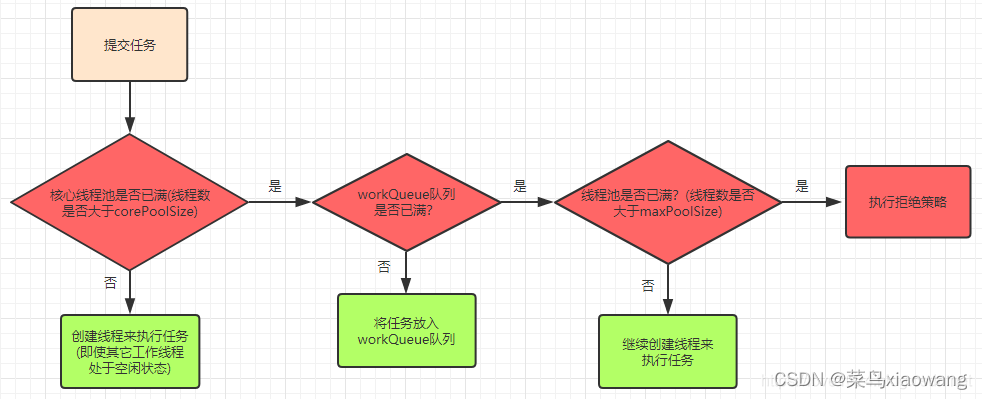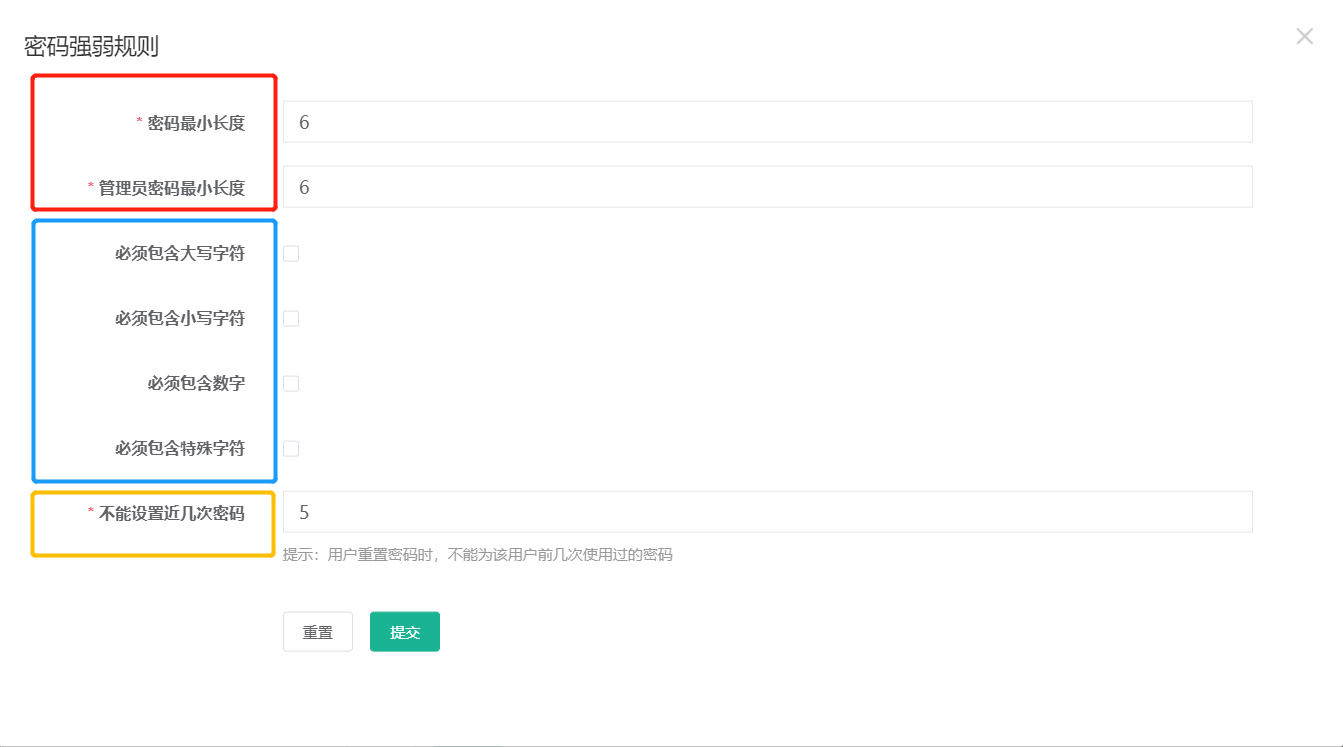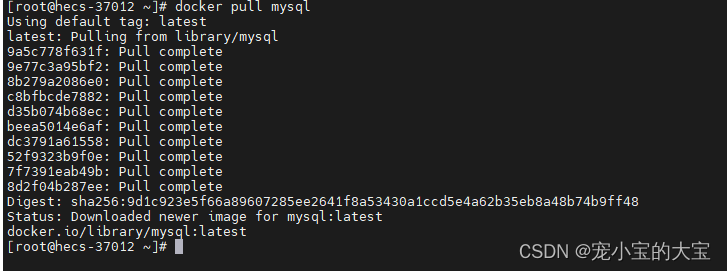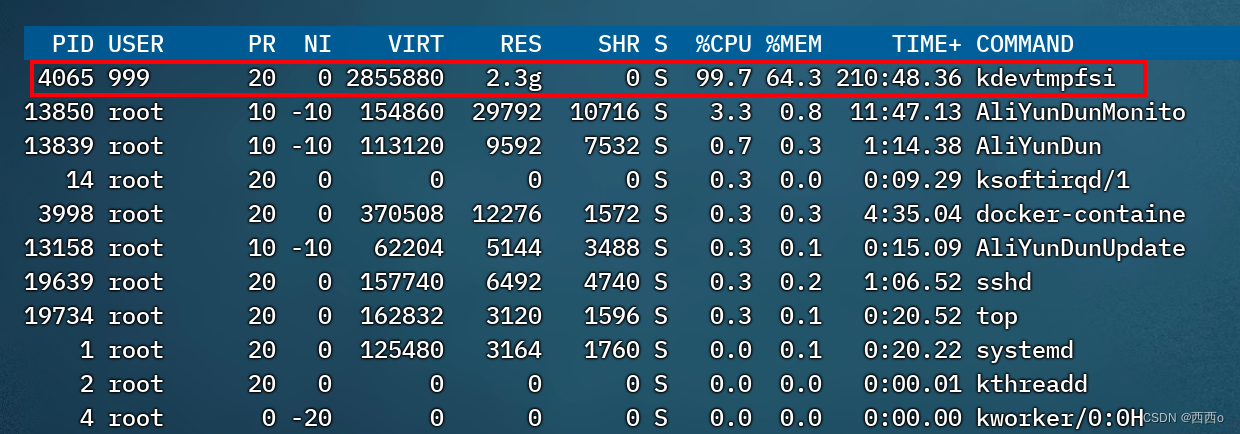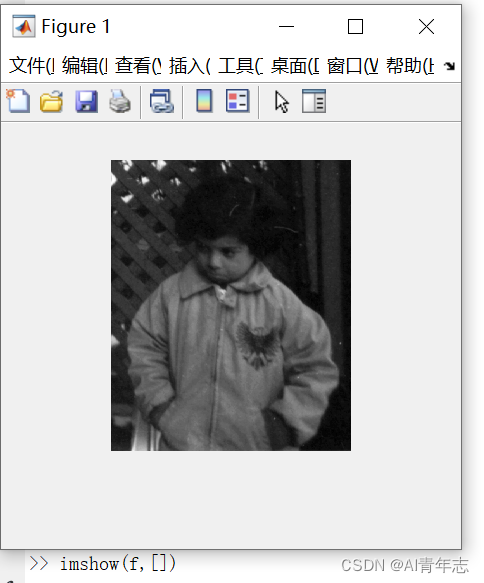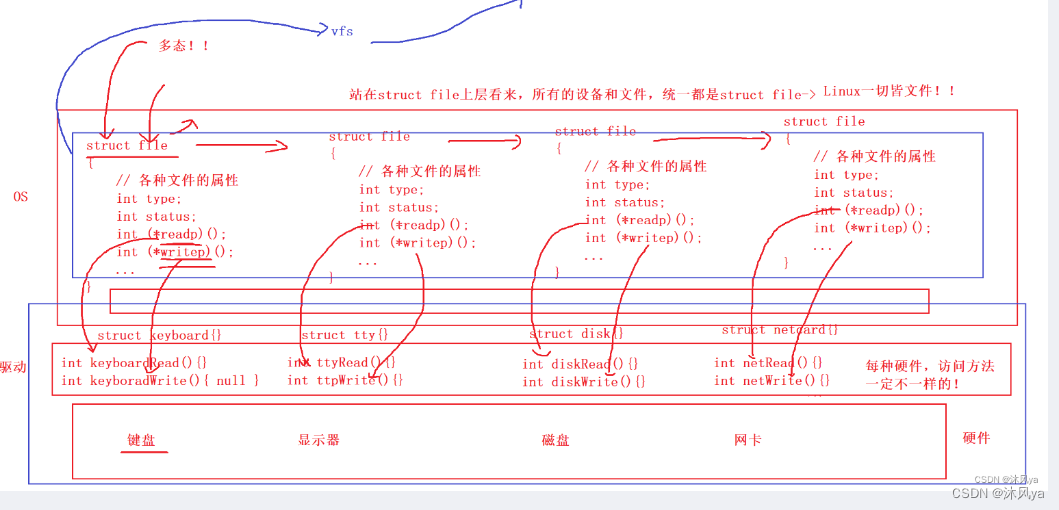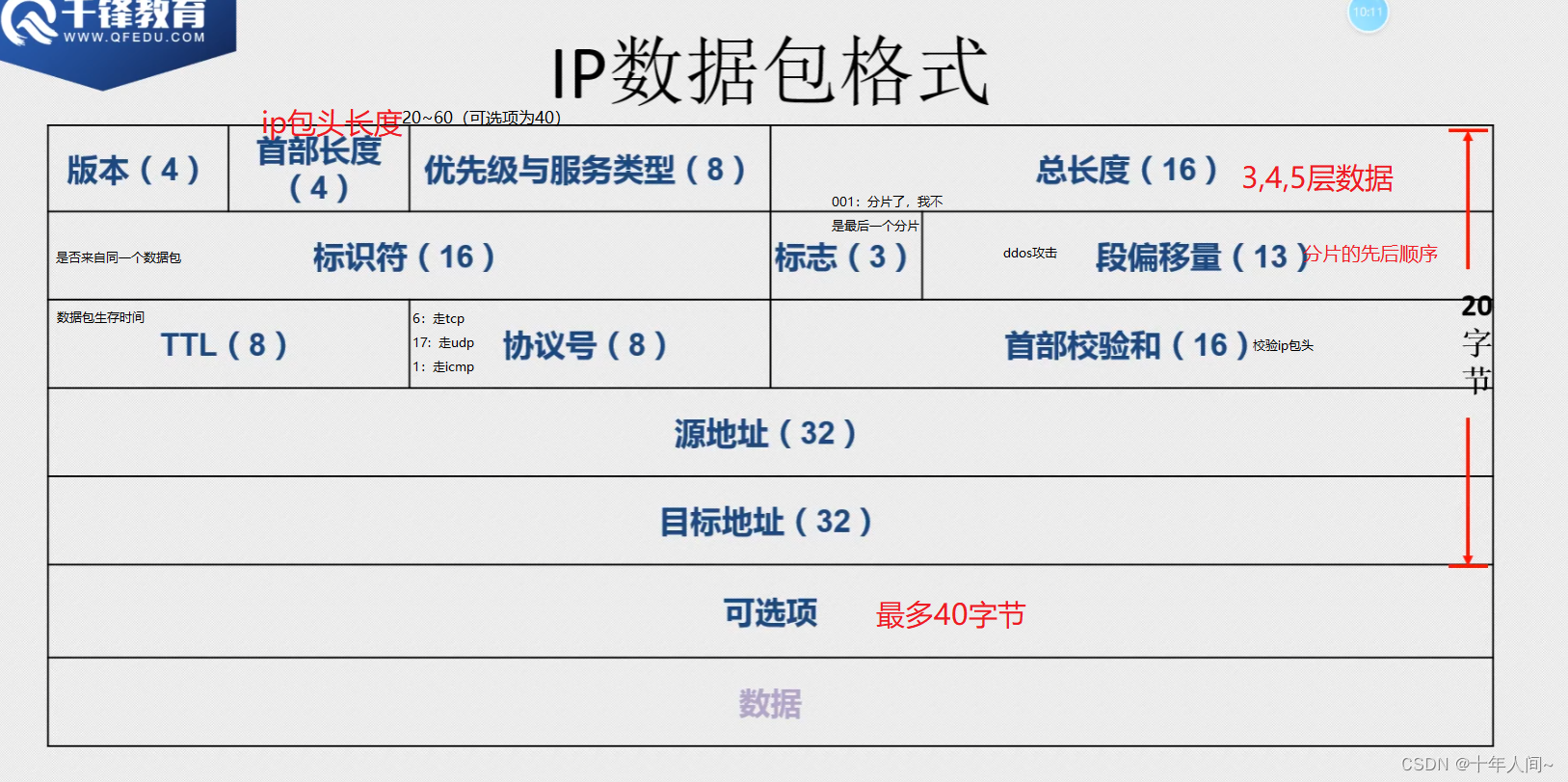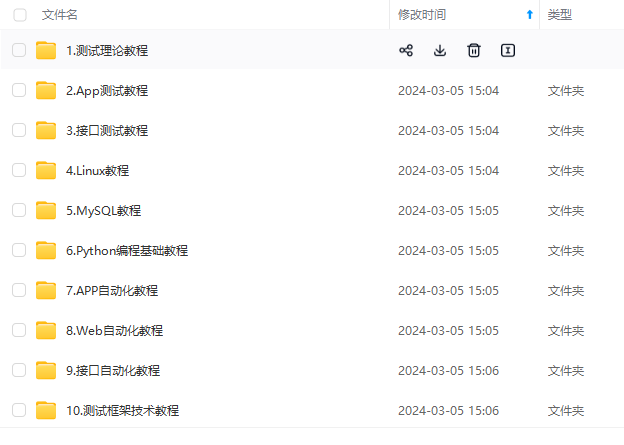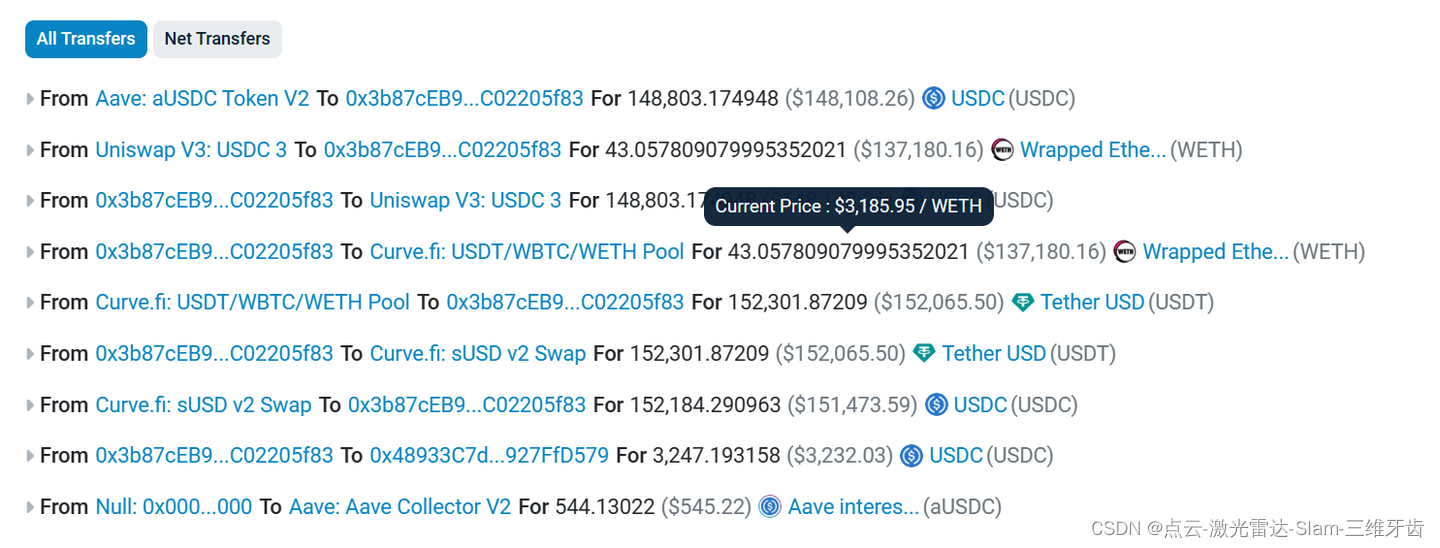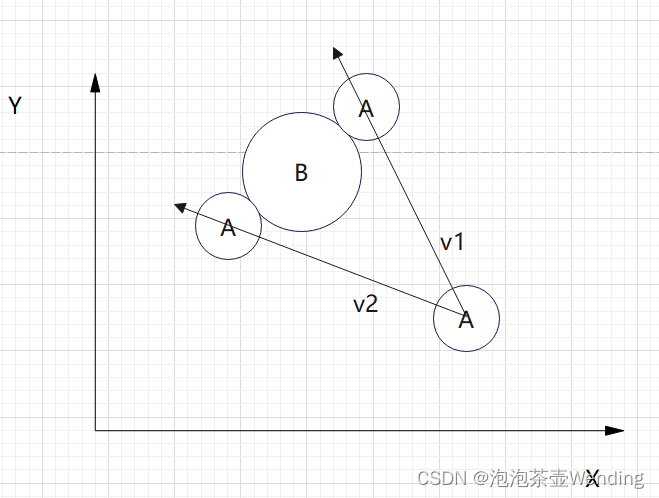本篇主要用以实现一个线程池,用来方便后续代码编写等,核心工作是体会线程池的工作原理
预备资源
首先增加一个任务函数,这里直接使用一份写好的任务头文件,该头文件中包含的内容是计算各种数据运算:
// task.hpp
#pragma once
#include <iostream>
#include <string>
std::string opers = "+-*/%";
enum
{
DivZero = 1,
ModZero,
Unknown
};
class Task
{
public:
Task()
{
}
Task(int x, int y, char op) : data1_(x), data2_(y), oper_(op), result_(0), exitcode_(0)
{
}
void run()
{
switch (oper_)
{
case '+':
result_ = data1_ + data2_;
break;
case '-':
result_ = data1_ - data2_;
break;
case '*':
result_ = data1_ * data2_;
break;
case '/':
{
if (data2_ == 0)
exitcode_ = DivZero;
else
result_ = data1_ / data2_;
}
break;
case '%':
{
if (data2_ == 0)
exitcode_ = ModZero;
else
result_ = data1_ % data2_;
}
break;
default:
exitcode_ = Unknown;
break;
}
}
void operator()()
{
run();
std::cout << GetResult() << std::endl;
}
std::string GetResult()
{
std::string r = std::to_string(data1_);
r += oper_;
r += std::to_string(data2_);
r += "=";
r += std::to_string(result_);
r += "[code: ";
r += std::to_string(exitcode_);
r += "]";
return r;
}
std::string GetTask()
{
std::string r = std::to_string(data1_);
r += oper_;
r += std::to_string(data2_);
r += "=?";
return r;
}
~Task()
{
}
private:
int data1_;
int data2_;
char oper_;
int result_;
int exitcode_;
};
线程池
基本框架
对于线程池来说,基本框架是要有线程池的任务,运行队列,还有必要的锁和环境变量,所以创建一个线程池,其中包含对应的成员变量
template <class T>
class ThreadPool
{
private:
// 线程池中所有任务,用顺序表管理起来
std::vector<ThreadInfo> threads_;
// 当前运行队列中运行的任务,用队列管理起来
std::queue<T> tasks_;
// 线程所必要的锁和条件变量
pthread_mutex_t mutex_;
pthread_cond_t cond_;
// 全局的线程池索引和锁
static ThreadPool<T> *tp_;
static pthread_mutex_t lock_;
};
单例模式
一种基本的认识是,线程池不应该有多份资源,正常来说在一份进程中只应该出现一份进程池资源即可,所以这里采用了一个单例模式的方法来实现线程池
// 单例模式,创建或者获取一个线程池,在一份代码中只有一份线程池的实例
static ThreadPool<T> *GetInstance()
{
if (nullptr == tp_)
{
pthread_mutex_lock(&lock_);
if (nullptr == tp_)
{
std::cout << "log: singleton create done first!" << std::endl;
tp_ = new ThreadPool<T>();
}
pthread_mutex_unlock(&lock_);
}
return tp_;
}
线程池的运行
针对于线程池的运行,由于有线程的顺序表的存在,所以只需要依次启动线程即可,对于线程执行的函数,只需要在handle处理方法中进行执行即可
// 对应任务的处理方法
static void *HandlerTask(void *args)
{
ThreadPool<T> *tp = static_cast<ThreadPool<T> *>(args);
std::string name = tp->GetThreadName(pthread_self());
while (true)
{
tp->Lock();
while (tp->IsQueueEmpty())
{
tp->ThreadSleep();
}
T t = tp->Pop();
tp->Unlock();
t();
}
}
// 开始运行线程池的内容,初始化线程的名字,并创建线程执行对应的处理函数方法
void Start()
{
int num = threads_.size();
for (int i = 0; i < num; i++)
{
threads_[i].name = "thread-" + std::to_string(i + 1);
pthread_create(&(threads_[i].tid), nullptr, HandlerTask, this);
}
}
而核心代码实质上已经结束了,剩下就是对于线程池进行一定程度的封装即可,最终要实现的效果起码是可以对于任务进行推送,并且可以对于任务进行计算和输出
样例
#pragma once
#include <iostream>
#include <vector>
#include <string>
#include <queue>
#include <pthread.h>
#include <unistd.h>
// 对线程的信息进行封装,线程的信息包括线程的id和线程的名字
struct ThreadInfo
{
pthread_t tid;
std::string name;
};
// 设定线程池的最大容量是10个线程
static const int defalutnum = 10;
template <class T>
class ThreadPool
{
public:
// 对线程的基本操作,加锁解锁唤醒休眠等等
void Lock()
{
pthread_mutex_lock(&mutex_);
}
void Unlock()
{
pthread_mutex_unlock(&mutex_);
}
void Wakeup()
{
pthread_cond_signal(&cond_);
}
void ThreadSleep()
{
pthread_cond_wait(&cond_, &mutex_);
}
bool IsQueueEmpty()
{
return tasks_.empty();
}
// 获取特定线程id对应的线程名
std::string GetThreadName(pthread_t tid)
{
for (const auto &ti : threads_)
{
if (ti.tid == tid)
return ti.name;
}
return "None";
}
public:
// 对应任务的处理方法
static void *HandlerTask(void *args)
{
ThreadPool<T> *tp = static_cast<ThreadPool<T> *>(args);
std::string name = tp->GetThreadName(pthread_self());
while (true)
{
tp->Lock();
while (tp->IsQueueEmpty())
{
tp->ThreadSleep();
}
T t = tp->Pop();
tp->Unlock();
t();
}
}
// 开始运行线程池的内容,初始化线程的名字,并创建线程执行对应的处理函数方法
void Start()
{
int num = threads_.size();
for (int i = 0; i < num; i++)
{
threads_[i].name = "thread-" + std::to_string(i + 1);
pthread_create(&(threads_[i].tid), nullptr, HandlerTask, this);
}
}
// 获取当前任务队列中将要处理的任务
T Pop()
{
T t = tasks_.front();
tasks_.pop();
return t;
}
// STL并不线程安全,先加锁,放到运行队列中,唤醒线程执行,再释放锁
void Push(const T &t)
{
Lock();
tasks_.push(t);
Wakeup();
Unlock();
}
// 单例模式,创建或者获取一个线程池,在一份代码中只有一份线程池的实例
static ThreadPool<T> *GetInstance()
{
if (nullptr == tp_)
{
pthread_mutex_lock(&lock_);
if (nullptr == tp_)
{
std::cout << "log: singleton create done first!" << std::endl;
tp_ = new ThreadPool<T>();
}
pthread_mutex_unlock(&lock_);
}
return tp_;
}
private:
// 对线程池构造等函数的封装,能够实现单例模式的效果
ThreadPool(int num = defalutnum) : threads_(num)
{
pthread_mutex_init(&mutex_, nullptr);
pthread_cond_init(&cond_, nullptr);
}
~ThreadPool()
{
pthread_mutex_destroy(&mutex_);
pthread_cond_destroy(&cond_);
}
ThreadPool(const ThreadPool<T> &) = delete;
const ThreadPool<T> &operator=(const ThreadPool<T> &) = delete; // a=b=c
private:
// 线程池中所有任务,用顺序表管理起来
std::vector<ThreadInfo> threads_;
// 当前运行队列中运行的任务,用队列管理起来
std::queue<T> tasks_;
// 线程所必要的锁和条件变量
pthread_mutex_t mutex_;
pthread_cond_t cond_;
// 全局的线程池索引和锁
static ThreadPool<T> *tp_;
static pthread_mutex_t lock_;
};
template <class T>
ThreadPool<T> *ThreadPool<T>::tp_ = nullptr;
template <class T>
pthread_mutex_t ThreadPool<T>::lock_ = PTHREAD_MUTEX_INITIALIZER;
那在实际的使用中,可以和生产消费者模型进行搭配进行使用

